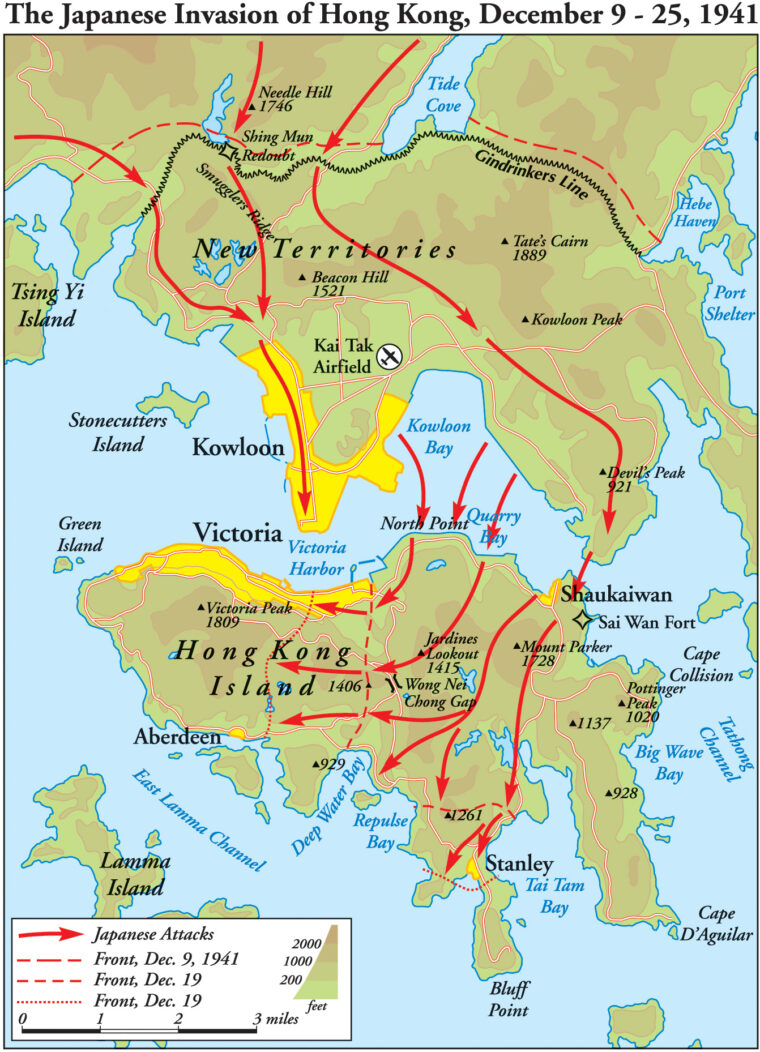
Jordan’s Performance in Women’s Empowerment and Gender Parity
Jordan scored low in the women’s empowerment and gender parity categories in a recent report by UN Women and the United Nation Development Programme (UNDP).
The Report: “The Paths to Equal: Twin indices on women’s empowerment and gender equality”
The report, titled “The Paths to Equal: Twin indices on women’s empowerment and gender equality”, highlights challenges faced by women around the world using two indices.
- The Women’s Empowerment Index (WEI), “measures women’s power and freedoms to make choices”
- The Global Gender Parity Index (GGPI), “assesses gender disparities in key dimensions of human development”
Jordan’s Scores
Jordan was listed among the countries with low scores in the women’s empowerment category, with a WEI score of 0.488 in 2022. The Kingdom also marked a low performance on the GGPI, with a score of 0.562.
Key Findings
- The rate of women of reproductive age (15 to 49 years old) in Jordan whose family planning needs were satisfied with modern methods stood at 57 per cent in 2022.
- The adolescent birth rate in Jordan reached 24.9 births per 1,000 women between the ages of 15 and 19 the same year.
- The share of seats held by women in parliament stood at 13.3 per cent in 2023.
- In local government, women held 24.9 per cent of seats from 2015 to 2022.
- More women than men occupy management positions in Jordan. The share of managerial positions held by women reached 57.2 per cent during the period between 2015 and 2022.
- 13 per cent of partnered women and girls from 15 to 49 years old reported being subjected to physical and/or sexual violence by a current or former intimate partner “in the previous 12 months”, based on 2018 figures.
- The fraction of life expectancy at birth spent in good health stood at 85.3 per cent for females and 88.4 per cent for males in 2019.
- 49.9 per cent of the female population in Jordan aged 25 and older had completed secondary education or higher, compared to 50.6 per cent for their male counterparts, based on 2022 figures.
- 38.3 per cent of female youth and 28.3 per cent of male youth between 15 and 24 years old were not involved in education, employment or training between 2012 to 2022.
- The labour force participation rate among prime-working-age coupled individuals in Jordan aged 25 to 54 with at least one child under the age of six years stood at 9.9 per cent for females, compared to 76.2 per cent for males, during the period between 2012 and 2022.
“Despite the progress in representation, it is not enough to support women in getting to positions of greater power. It is important to address structural barriers, as well as the backlash driven by discriminatory gender norms.
“Female parliamentarians point to disruption of formal processes, technological barriers, lack of childcare and online harassment as new obstacles reversing progress in promoting gender-sensitive parliaments and gender-responsive legal reforms,” the report stated.
Jordan was also listed among countries with “large” gender gaps in financial account ownership, with a score equal to 24.5 percentage points.
The report said that 34.1 of females and 58.6 of males aged 15 and older owned an account at a financial institution or a mobile-money-service provider in 2021.
SDGs, Targets, and Indicators
1. SDGs Addressed or Connected to the Issues Highlighted in the Article:
- SDG 5: Gender Equality
- SDG 3: Good Health and Well-being
- SDG 4: Quality Education
- SDG 8: Decent Work and Economic Growth
- SDG 10: Reduced Inequalities
2. Specific Targets Under Those SDGs Based on the Article’s Content:
- SDG 5.1: End all forms of discrimination against all women and girls everywhere
- SDG 5.5: Ensure women’s full and effective participation and equal opportunities for leadership at all levels of decision-making in political, economic, and public life
- SDG 3.1: Reduce the global maternal mortality ratio
- SDG 4.1: Ensure that all girls and boys complete free, equitable, and quality primary and secondary education
- SDG 8.5: By 2030, achieve full and productive employment and decent work for all women and men, including for young people and persons with disabilities
- SDG 10.2: Empower and promote the social, economic, and political inclusion of all, irrespective of age, sex, disability, race, ethnicity, origin, religion or economic or other status
3. Indicators Mentioned or Implied in the Article:
- Women’s Empowerment Index (WEI)
- Global Gender Parity Index (GGPI)
- Rate of women of reproductive age whose family planning needs were satisfied with modern methods
- Adolescent birth rate
- Share of seats held by women in parliament and local government
- Share of managerial positions held by women
- Percentage of partnered women and girls subjected to physical and/or sexual violence
- Fraction of life expectancy spent in good health for females and males
- Percentage of female population aged 25 and older with completed secondary education or higher
- Percentage of youth not involved in education, employment, or training
- Labour force participation rate among prime-working-age coupled individuals with at least one child under the age of six years
- Gender gaps in financial account ownership
Table: SDGs, Targets, and Indicators
| SDGs | Targets | Indicators |
|---|---|---|
| SDG 5: Gender Equality | 5.1: End all forms of discrimination against all women and girls everywhere 5.5: Ensure women’s full and effective participation and equal opportunities for leadership at all levels of decision-making in political, economic, and public life |
– Women’s Empowerment Index (WEI) – Global Gender Parity Index (GGPI) – Share of seats held by women in parliament and local government – Share of managerial positions held by women – Percentage of partnered women and girls subjected to physical and/or sexual violence |
| SDG 3: Good Health and Well-being | 3.1: Reduce the global maternal mortality ratio | – Rate of women of reproductive age whose family planning needs were satisfied with modern methods – Adolescent birth rate – Fraction of life expectancy spent in good health for females and males |
| SDG 4: Quality Education | 4.1: Ensure that all girls and boys complete free, equitable, and quality primary and secondary education | – Percentage of female population aged 25 and older with completed secondary education or higher – Percentage of youth not involved in education, employment, or training |
| SDG 8: Decent Work and Economic Growth | 8.5: By 2030, achieve full and productive employment and decent work for all women and men, including for young people and persons with disabilities | – Labour force participation rate among prime-working-age coupled individuals with at least one child under the age of six years – Gender gaps in financial account ownership |
| SDG 10: Reduced Inequalities | 10.2: Empower and promote the social, economic, and political inclusion of all, irrespective of age, sex, disability, race, ethnicity, origin, religion or economic or other status | – Share of seats held by women in parliament and local government – Share of managerial positions held by women – Percentage of partnered women and girls subjected to physical and/or sexual violence |
Behold! This splendid article springs forth from the wellspring of knowledge, shaped by a wondrous proprietary AI technology that delved into a vast ocean of data, illuminating the path towards the Sustainable Development Goals. Remember that all rights are reserved by SDG Investors LLC, empowering us to champion progress together.
Source: jordantimes.com

Join us, as fellow seekers of change, on a transformative journey at https://sdgtalks.ai/welcome, where you can become a member and actively contribute to shaping a brighter future.






